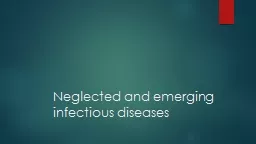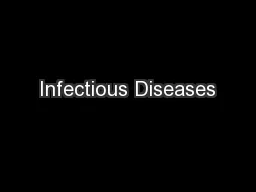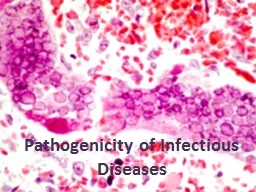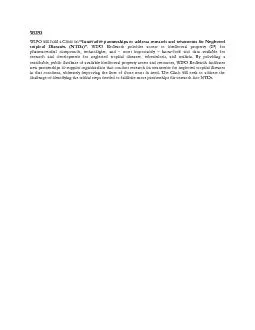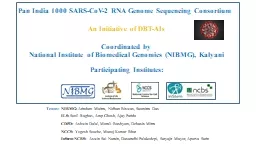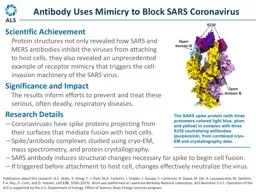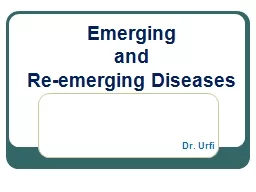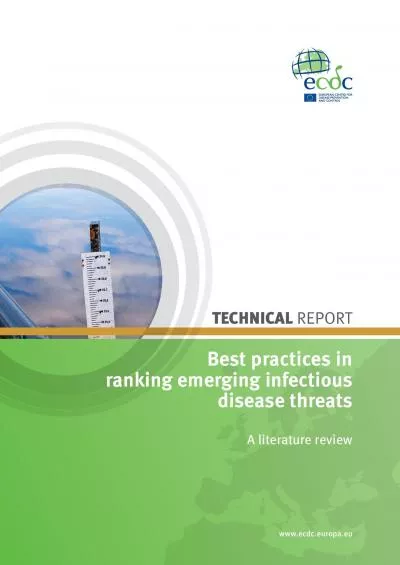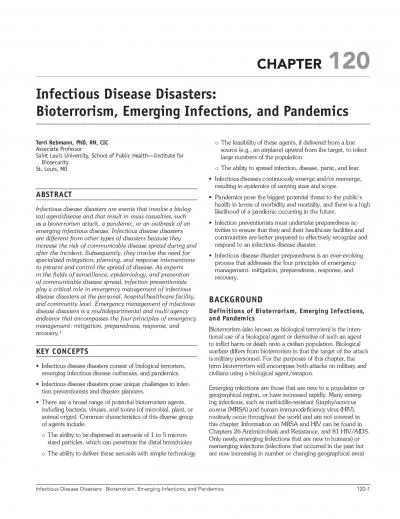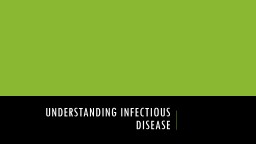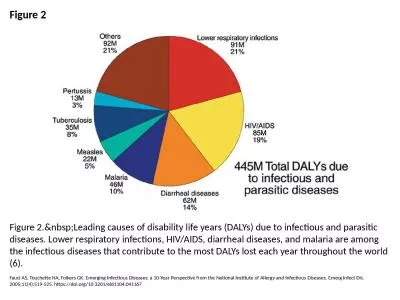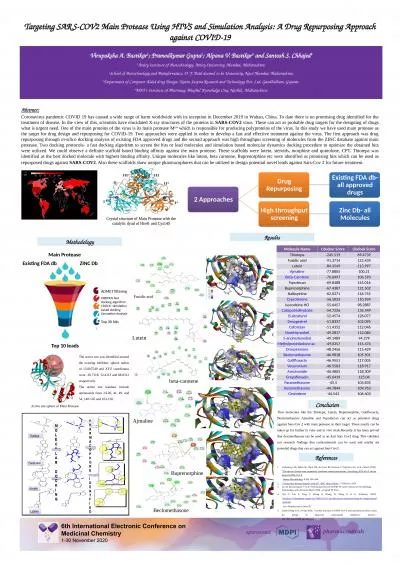PPT-Neglected and emerging infectious diseases (SARS)
Author : dstech | Published Date : 2020-04-22
SARS Severe Acute Respiratory SyndromebrFirst infectious disease outbreak in the 21st centurybrSARScoronavirus SARSCoV originally an animal virusbrCoronaviruses
Presentation Embed Code
Download Presentation
Download Presentation The PPT/PDF document "Neglected and emerging infectious diseas..." is the property of its rightful owner. Permission is granted to download and print the materials on this website for personal, non-commercial use only, and to display it on your personal computer provided you do not modify the materials and that you retain all copyright notices contained in the materials. By downloading content from our website, you accept the terms of this agreement.
Neglected and emerging infectious diseases (SARS): Transcript
Download Rules Of Document
"Neglected and emerging infectious diseases (SARS)"The content belongs to its owner. You may download and print it for personal use, without modification, and keep all copyright notices. By downloading, you agree to these terms.
Related Documents

